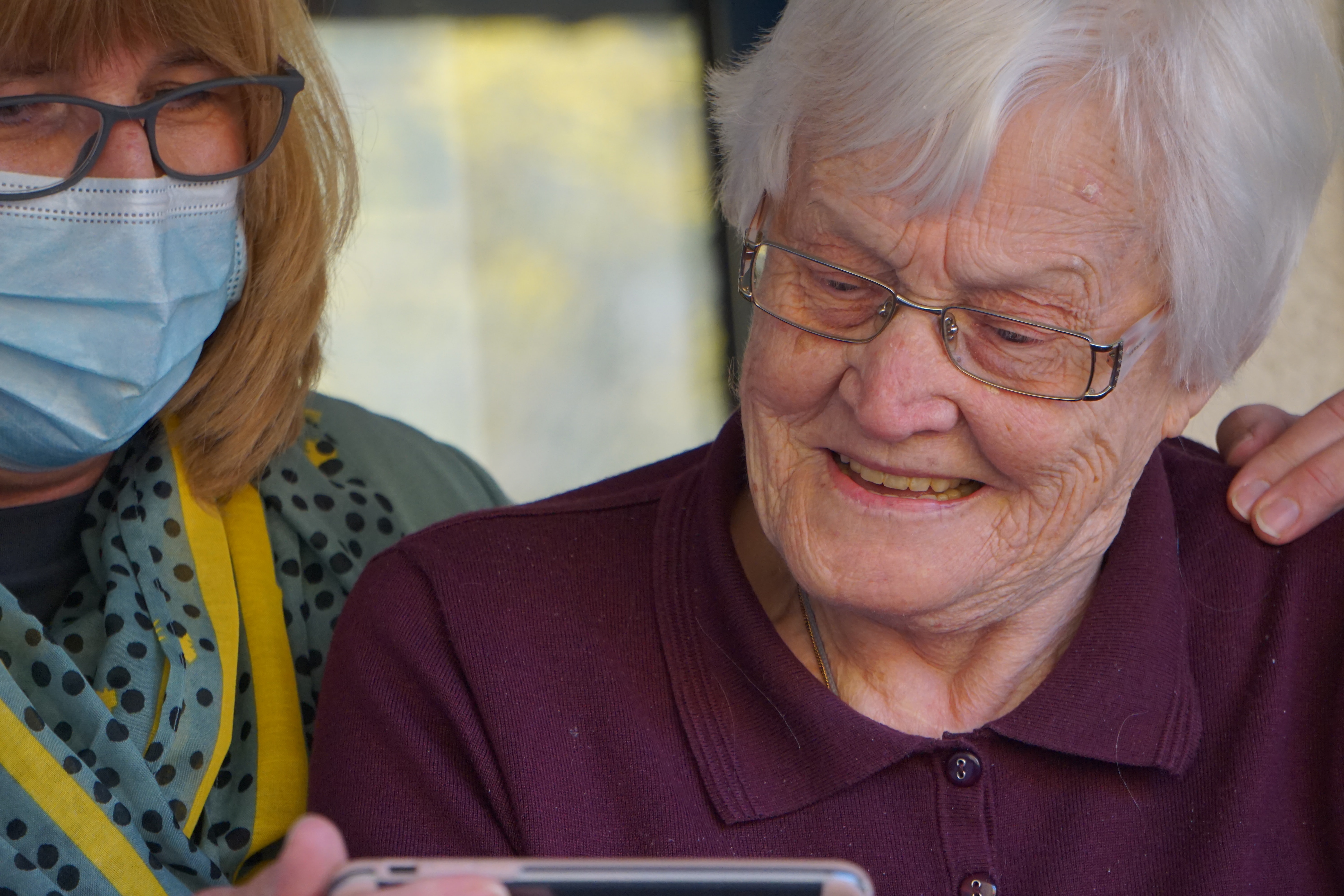Changing nursing home care for the better requires a collective effort from various stakeholders, including policymakers, healthcare professionals, facility administrators, residents, and their families.
Improving our nursing home care should be a top priority. Americans are getting older, and living longer. Many of us joke, ‘I’d rather die than live in a nursing home’, yet more than half of Americans living today will spend at least some time in a nursing home.
We cannot ignore the fundamental problems in our long term care system. Nursing homes play a vital role in caring for our aging population, but the skilled nursing sector is notorious for understaffing and fraud.
This article aims to explore actionable steps that can be taken to change nursing home care for the better. By addressing key areas such as staffing, person-centered care, regulatory oversight, and community involvement, we can create an environment that prioritizes the well-being and quality of life for nursing home residents.
Enhancing Staffing and Training in Facilities to Make Better Nursing Homes
Adequate staffing levels are crucial for providing quality care in nursing homes. To improve the situation, nursing homes should focus on recruiting and retaining skilled staff members. This can be achieved through competitive wages, comprehensive benefits packages, ongoing professional development, and supportive work environments. Additionally, implementing mandatory staffing ratios and increasing transparency in staffing practices can ensure that residents receive the attention and care they deserve.
Unfortunately, when our nursing home abuse attorneys investigate a potential case involving bedsores, falls, or wrongful death, the facility is usually understaffed. The common theme in nursing home injury litigation is an intentionally understaffed facility, whose corporate owners put profits ahead of resident safety.
Ensuring appropriate staff numbers will greatly reduce the number of serious injuries in the facility.
Implementing Person-Centered Nursing Home Care
Person-centered care puts the individual needs and preferences of residents at the forefront. This approach involves tailoring care plans, activities, and services to promote autonomy, dignity, and a sense of purpose. Nursing homes should prioritize meaningful engagement, encourage resident input in decision-making processes, and foster a culture that respects residents’ rights and choices. Empowering residents to maintain control over their daily lives can significantly enhance their overall well-being.
Strengthening Regulatory Oversight of America’s Nursing Home Industry
We know that nursing home owners, if left to their own devices, will not always put the residents first. Routine nursing home regulation and inspection is critical in ensuring facilities are up to state and federal standards. Regulatory bodies should establish and enforce staffing to resident minimums, as well as hygiene and infection control policies. Unexpected and random survey visits must be conducted to ensure compliance. We should empower our statewide Ombudsman programs to issue public demerits when deficiencies are found. Further, if a family complains of substandard care or preventable nursing home injuries, a thorough investigation must be completed. Increased transparency in reporting and public access to facility ratings can also empower individuals and families to make informed decisions.
Embracing Technology and Innovation to Improve Our Nursing Facilities
Technological advancements can revolutionize nursing home care by enhancing communication, streamlining administrative tasks, and improving resident monitoring. Implementing electronic health records, telehealth services, and assistive devices can increase efficiency, accuracy, and accessibility of care. Moreover, innovative programs such as virtual reality therapy, robotic companions, and interactive engagement platforms can enhance socialization, cognitive stimulation, and emotional well-being for residents.

Promoting Community Involvement and Bettering Nursing Home Care
Nursing homes should actively engage with their local communities to foster meaningful connections and reduce social isolation. Partnerships with schools, volunteer organizations, and cultural institutions can facilitate intergenerational activities, educational programs, and recreational opportunities. By integrating nursing homes into the fabric of the community, residents can maintain a sense of belonging and enjoy a higher quality of life.
Encouraging Resident and Family Participation
Resident and family engagement is crucial for driving positive change in nursing homes. Establishing resident and family councils, conducting regular feedback surveys, and providing open channels of communication can empower individuals to voice their concerns, suggest improvements, and actively participate in decision-making processes. Collaborative approaches that value input from residents and families can lead to a more resident-centered and accountable care environment.
Improving Nursing Home Care: Conclusion
Changing nursing home care for the better requires a collective effort from various stakeholders, including policymakers, healthcare professionals, facility administrators, residents, and their families. By prioritizing adequate staffing, implementing person-centered care, strengthening regulatory oversight, embracing technology, promoting community involvement, and encouraging resident and family participation, we can create a future where nursing homes truly prioritize the well-being, dignity, and quality of life of their residents. Together, we can transform nursing homes into compassionate and empowering environments that promote the highest standards of care and support for our aging population.


Join the conversation!